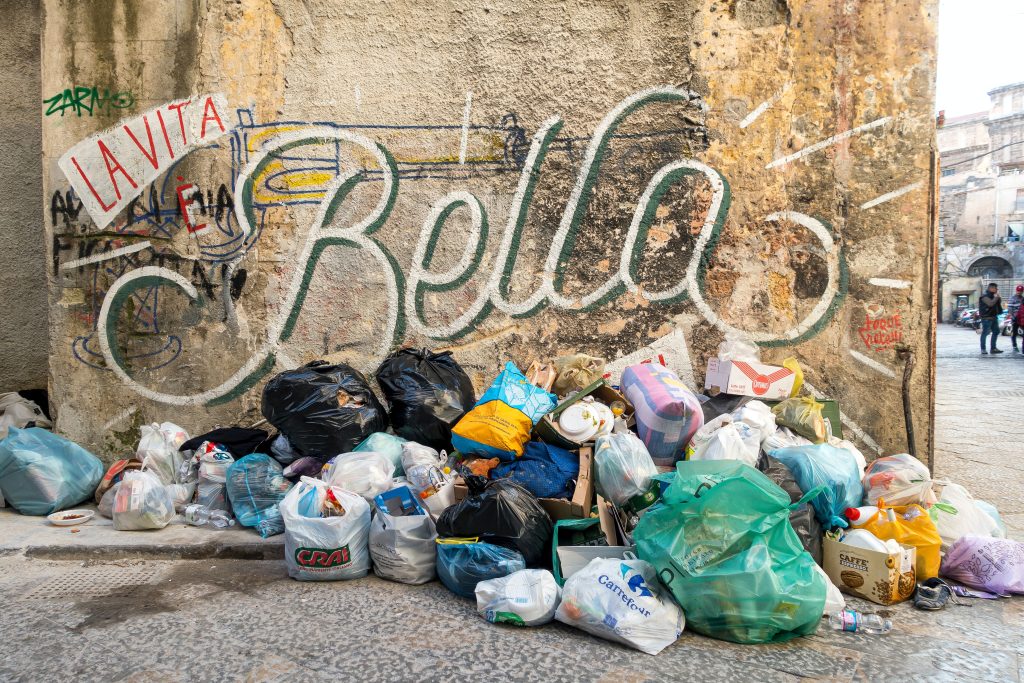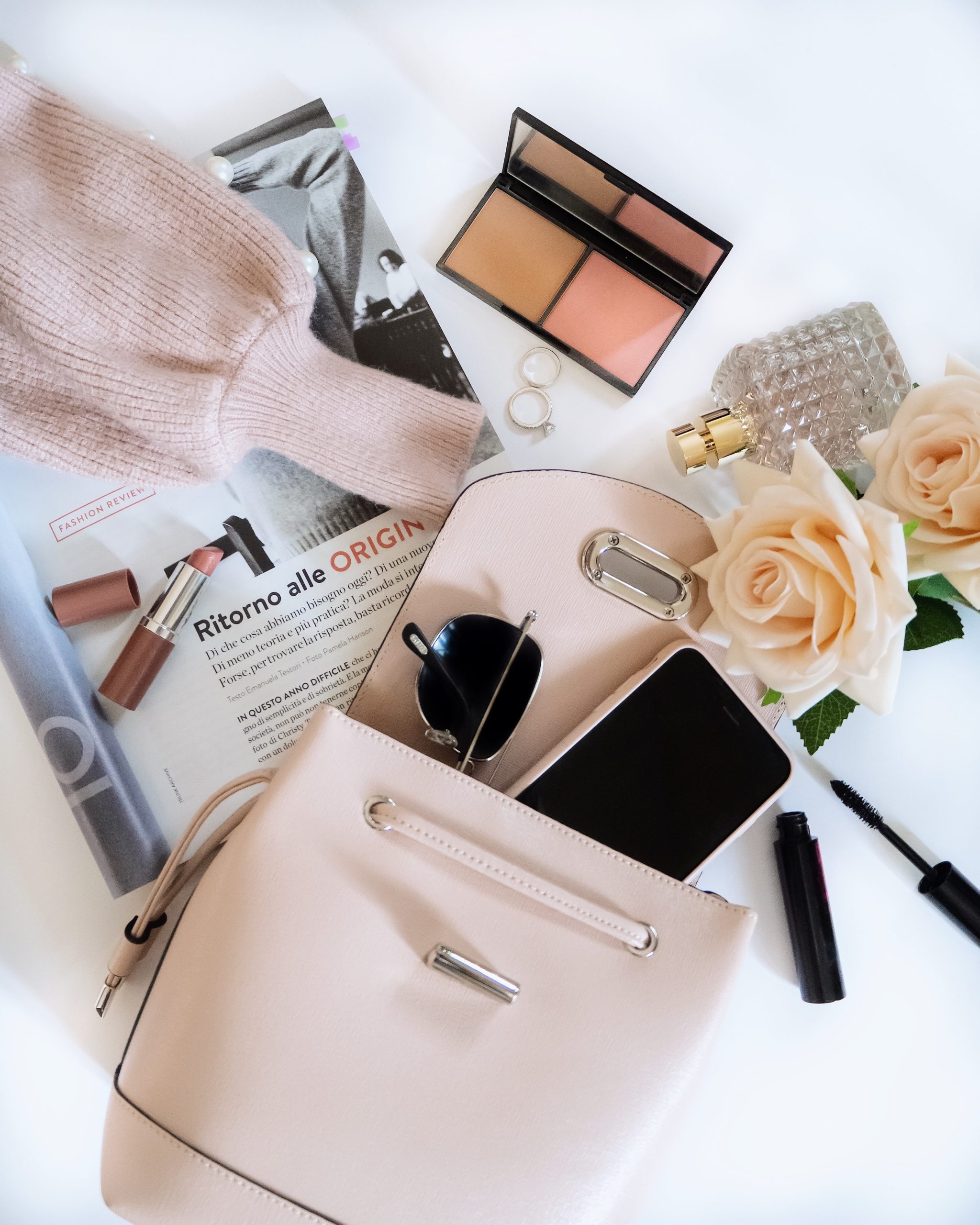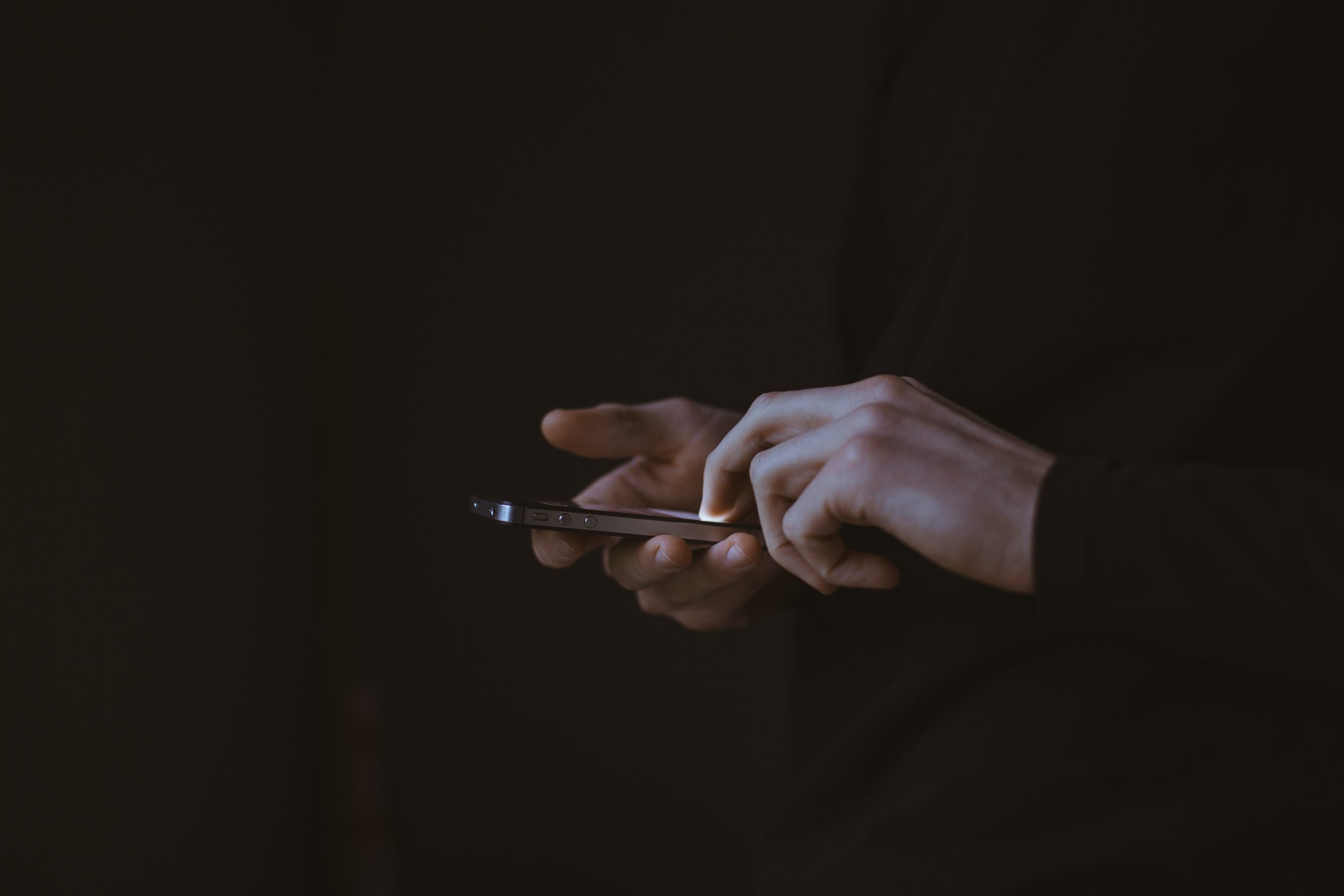Online trends come and go in the blink of an eye, some only lasting a couple of days. The ‘deinfluencing’ trend actually managed a few months before fizzling out. The concept of being told by content creators what not to buy rather than the opposite was a breath of fresh air for many, and it was massively welcomed. Deinfluencing posts racked up millions of views and likes, and had people questioning their consumption habits. But how did a trend that had so much potential eventually fail? And is this the inevitable outcome of all trends that aim to create healthier online experiences for users?
What is Deinfluencing?
Deinfluencing is a trend that took off in January of this year, in response to years of aggressive encouragement to Spend! Spend! Spend! on products we do not need. The dawn of the influencer brought with it another, more insidious way for companies to advertise to us. It’s no secret that influencers lie about liking products they’re selling, or embellish the effects of using them. Eventually though, consumers got tired of lackluster results from products they’ve been promised are “essential” and “miraculously perfect”. On top of that, high profile ‘dramas’ on social media have recently been triggered by inauthentic influencers.
So then came the perceived opposite of influencing: deinfluencing. Content creators began calling out our lifestyles of overconsumption, listing products that were popular online at the time and explaining why we don’t need to buy them, and giving advice on how to more ethically and economically consume. The ubiquitous influencer culture that has built up over the past decade was finally questioned and criticised.
What would the benefits of the Deinfluencing trend be?
A good chunk of the world is still suffering through a cost of living crisis, with inflation, climate change and international conflicts affecting our spending power. The younger demographic that influencers generally target are also, unfortunately, the ones generally making the least money and who have the least self-control over their spending. Younger people who have grown up with social media have faced an unbelievable quantity of advertising from every direction, and are constantly told that buying whatever they’re told to will make them feel good about themselves. It’s hard to blame a teenager for winding up under piles of debt when they’ve been conditioned to overconsume their whole lives.
Then there’s the environmental impact of overconsumption on the environment. I’ve written before about how social media influencers encourage our fast-fashion habit, with unbelievable quantities of our clothing being sent to landfill. There’s also the impact of the cosmetics industry. Zero Waste Week, an environmental campaign to reduce landfill waste, has previously reported that “120 billion units of packaging are produced every year by the global cosmetics industry”. For plastic to be recycled, it must be a piece larger than the size of your fist. This means that a lot of cosmetic packaging, especially makeup, is destined to go straight to landfill. Making people realise that they only really need one shade of blush and not a collection of 52 would vastly reduce the quantity of waste.

Why has it failed?
Deinfluencing was a pure idea, born out of consumption exhaustion. However, the influencer industry is strong and adaptable, and quickly highjacked the deinfluencing trend to fit their own needs. Instead of criticising influencer culture, the hashtag was instead used on negative product reviews, or ‘buy-this-not-that’ posts. Negative product reviews help to strengthen a audience’s trust in an influencer, so that they can more successfully sell their audience products when they need to. ‘Buy-this-not-that’ is a trend that already existed, combining a negative review with an ad in one fell swoop. Audiences love the drama that comes with a negative review, so these new interpretations of deinfluencing took off quickly. The original goal of the movement was lost.
Then how can we avoid the influencers flogging us products we don’t need?
The only way we can stop the influencers advertising at us is to distance ourselves from them. As long as there’s eyes on the content they create, there’s money to be made. Spending less time on social media is the only real we to “deinfluence” ourselves. Getting us to spend more time offline and in the real world is exactly what LifeBonder‘s goal is. We don’t need these parasocial relationships with #relatable human adverts. What we need is real, mutually beneficial human connections. LifeBonder will help you make these connections with like-minded individuals around you. A more fulfilling life than the one we lead online is available to us, in the mesaverse.



